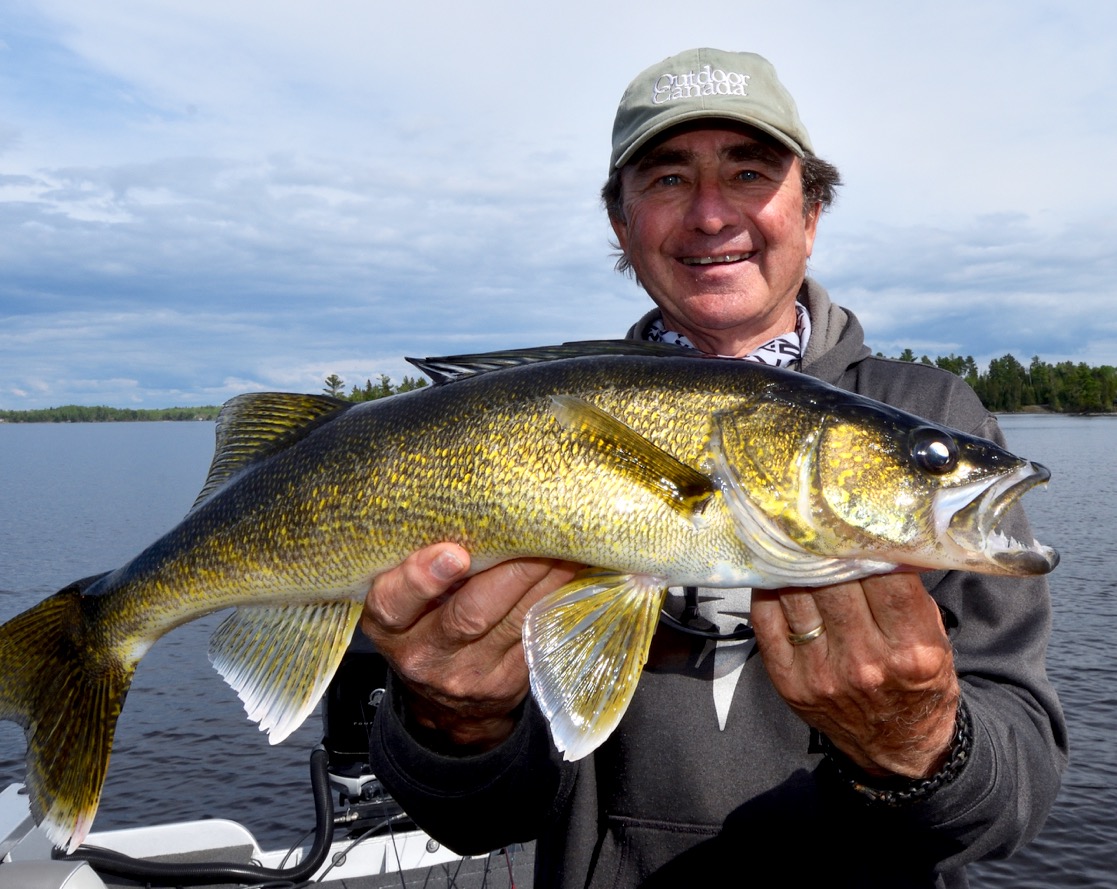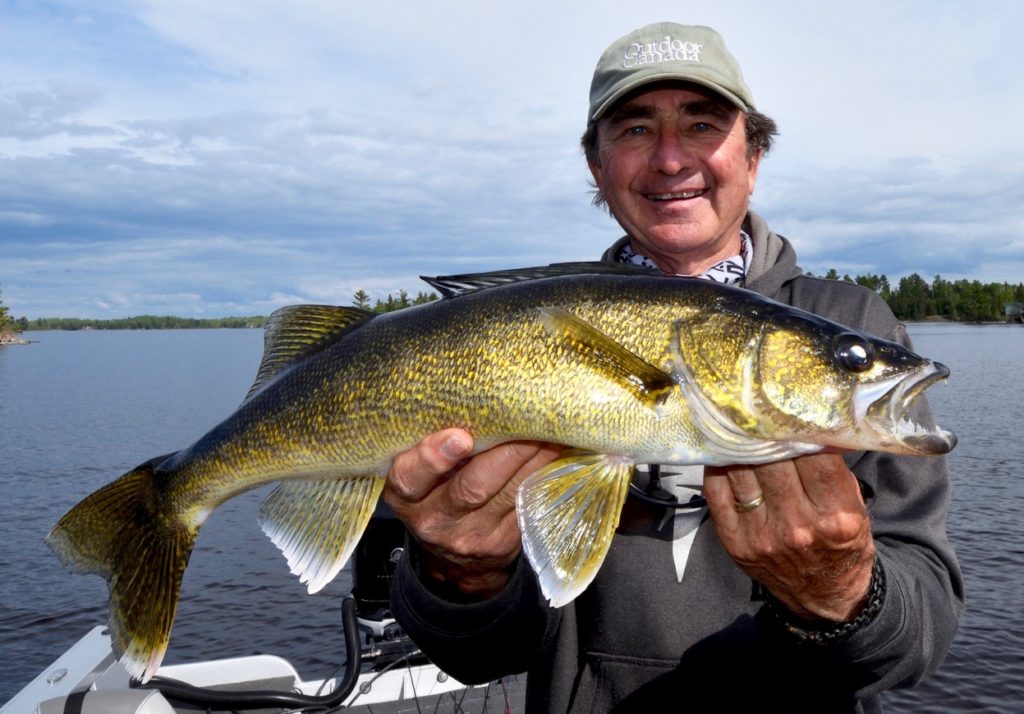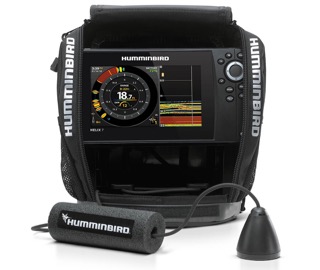FALL FRENZY
How to make autumn’s topsy-turvy conditions work in your favour to tackle more trophy fish
Advertisement
#1 WATCH SEASONAL CHANGES
Imagine the profound effect fall’s same extreme weather changes have on the fish. After all, fish are poikilothermous, meaning they are cold-blooded in nature, and therefore their internal body temperature stays the same as the temperature of the water in which they swim. As a result, they enter harvest time feeding and socializing in near optimal conditions, then leave it in many cases in a semi-comatose state of hibernation. How’s that for a change? It’s as though they have to deal with a sudden Ice Age every year.
Advertisement
Fall is also the time of turnover, when the lake flips upside down—literally. At the beginning of the season, we find the warmest water in the shallows along shore and on the surface, and the coldest water at the bottom of the lake. At the end of the season, however, the conditions are completely reversed. Just as profound is the fact that the oxygen levels in the deepest parts of the lake are suddenly rejuvenated and fully restored, after steadily decreasing since the spring, often precipitously and to dangerously low levels.
In the wake of this massive upheaval, warm- and cool-water species of fish—including walleye, sauger, bass, northern pike, black crappies and yellow perch—will follow their preferred living conditions and head progressively deeper as water temperatures grow colder in the shallows. And just as predictably, cold-water fish such as lake trout, whitefish and ciscoes will ascend from the abyss.
Advertisement
BONUS TIP: SCOUT FOR WINTER
When I head out in my boat during late fall, I always carry a handheld GPS unit or the same Helix Ice chartplotter I use for ice fishing. Then when I come across a great walleye, crappie, yellow perch, black crappie or pike spot, I punch in the precise waypoint so I can easily find the fish again at first ice.
Advertisement



